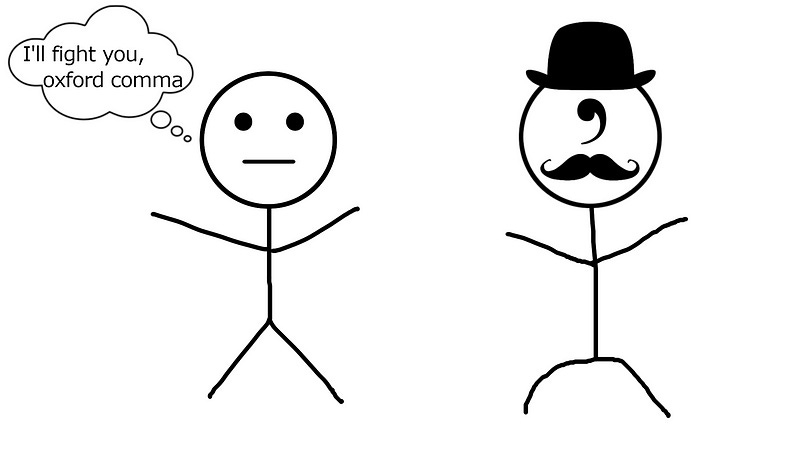Is the Oxford Comma Too Posh for Luddites?
The origins and uses of Oxford’s contentious comma

Few squiggles in the English language are as divisive as the “Oxford comma.” For such a seemingly innocuous little line on the page — no different in appearance from its regular comma cousin — it’s a shock that the Oxford comma has given way to such a hotbed of controversy among writers and linguists.
Simply stated, the Oxfo…
Keep reading with a 7-day free trial
Subscribe to The Gen Z Report to keep reading this post and get 7 days of free access to the full post archives.

